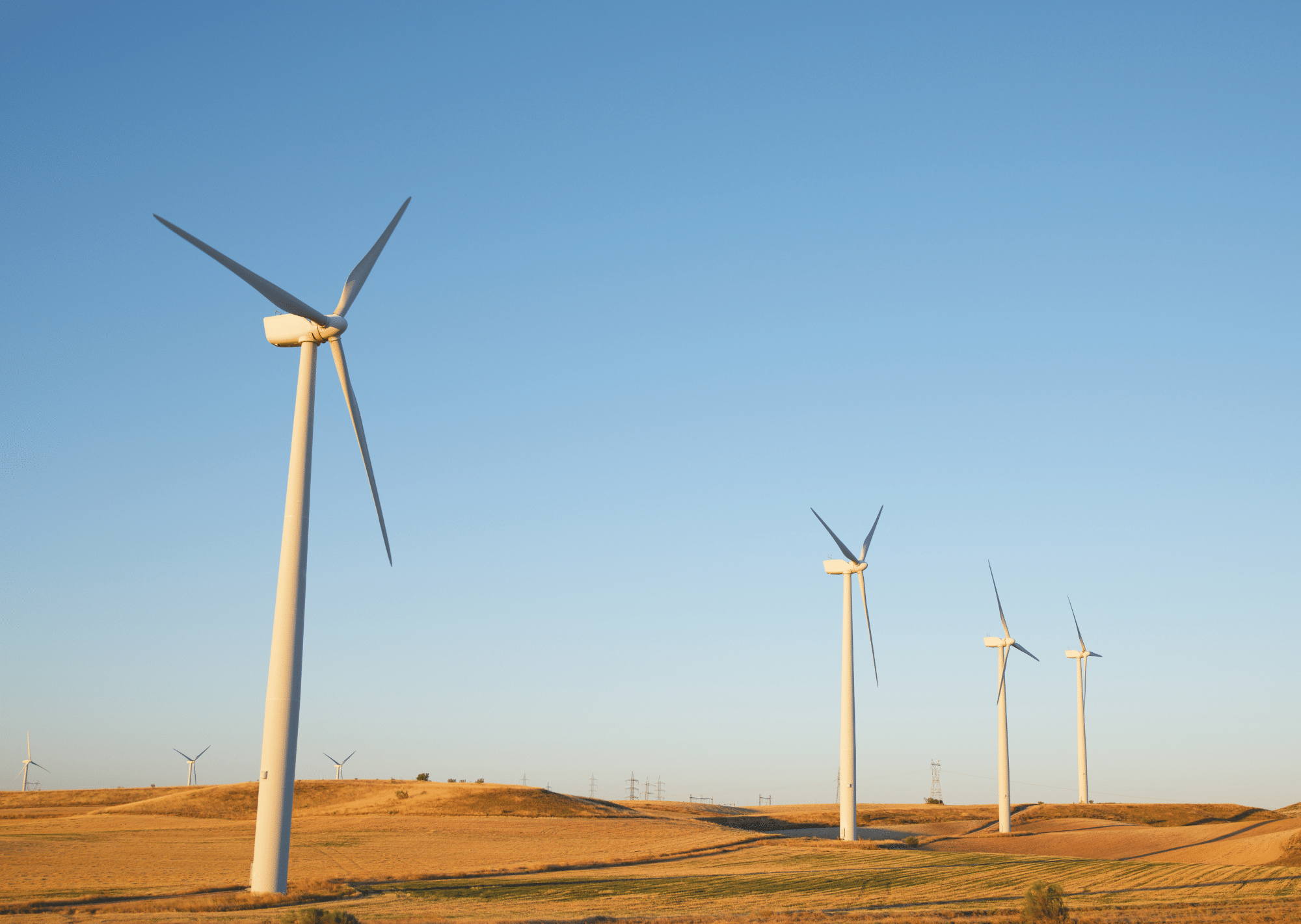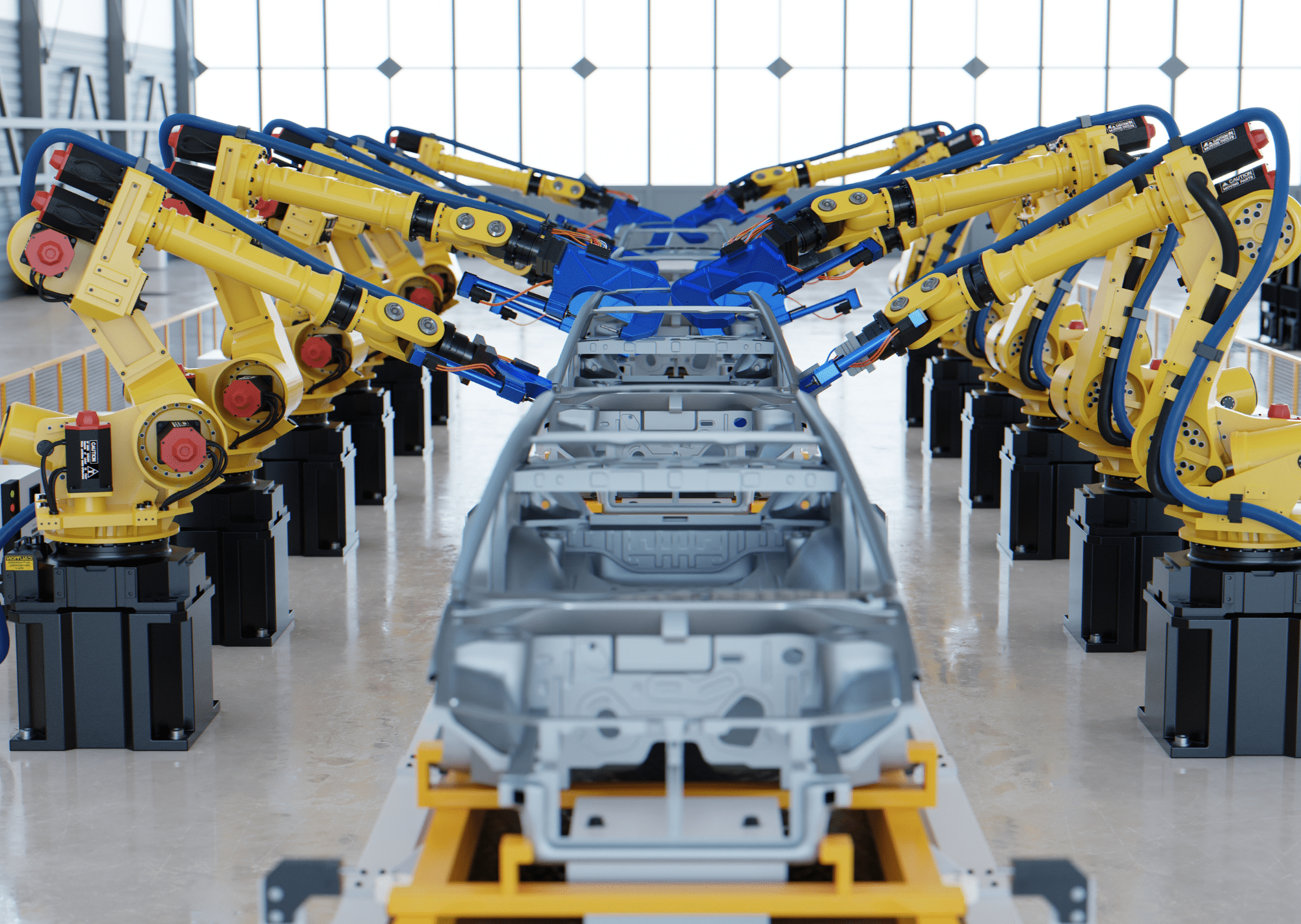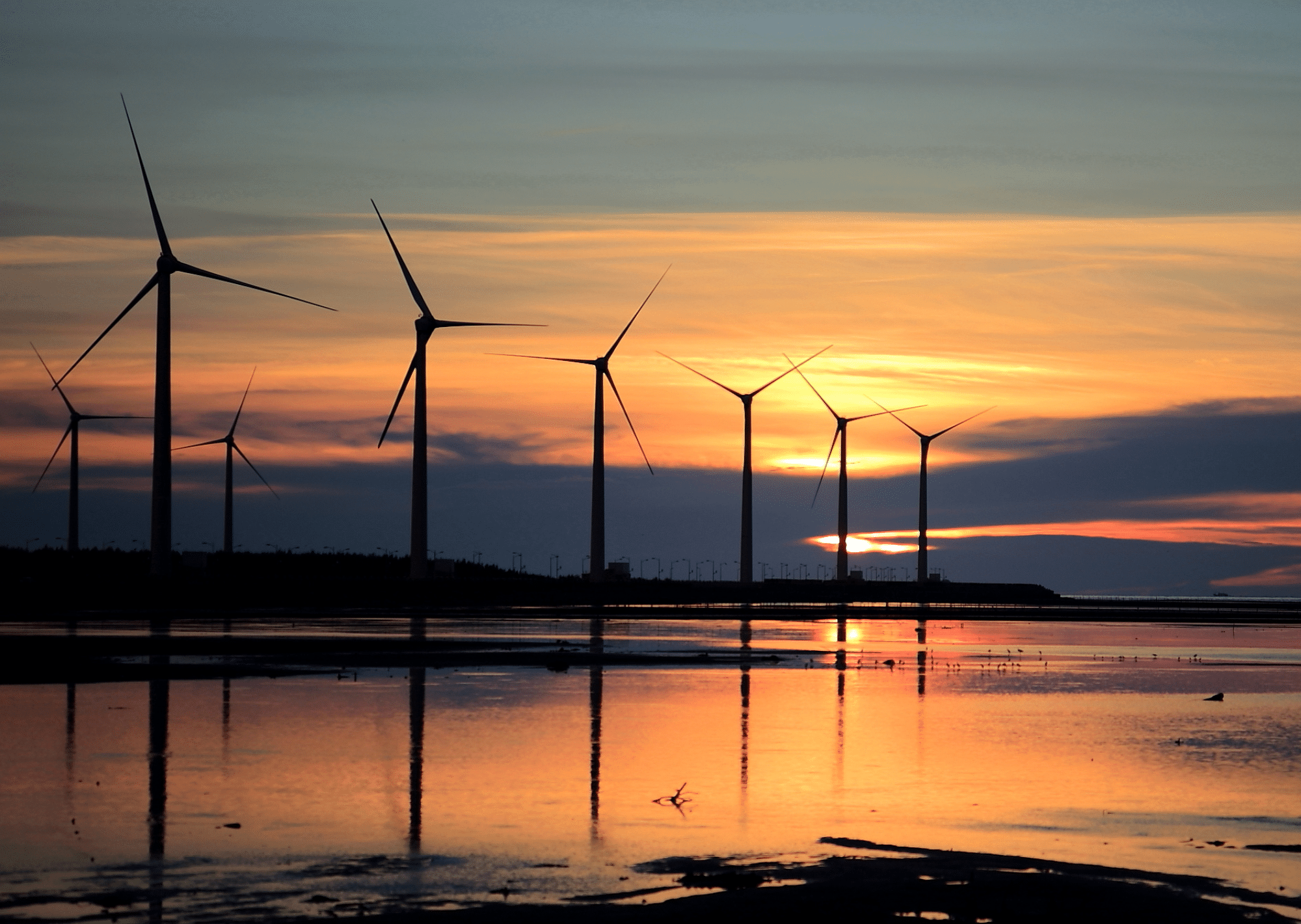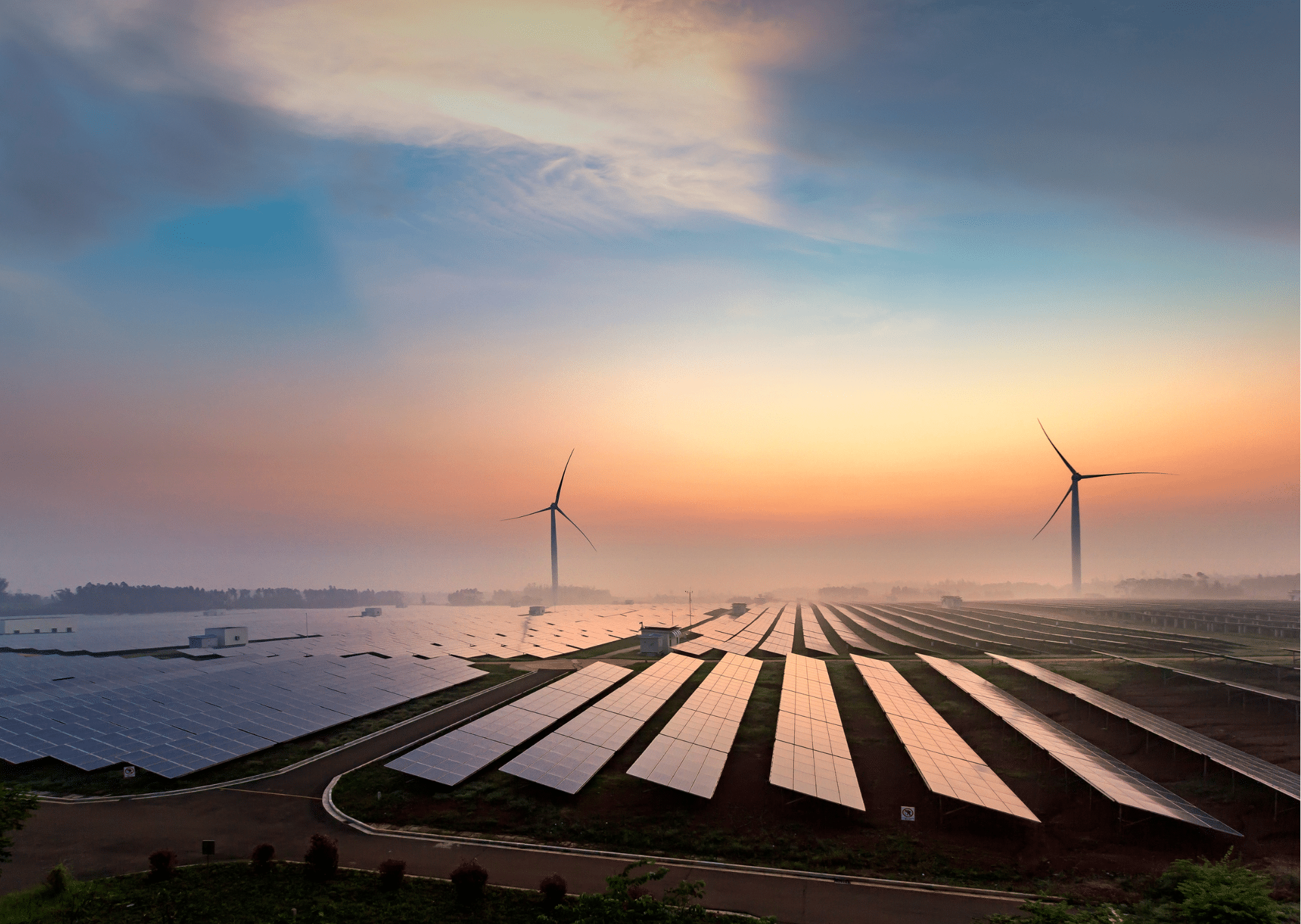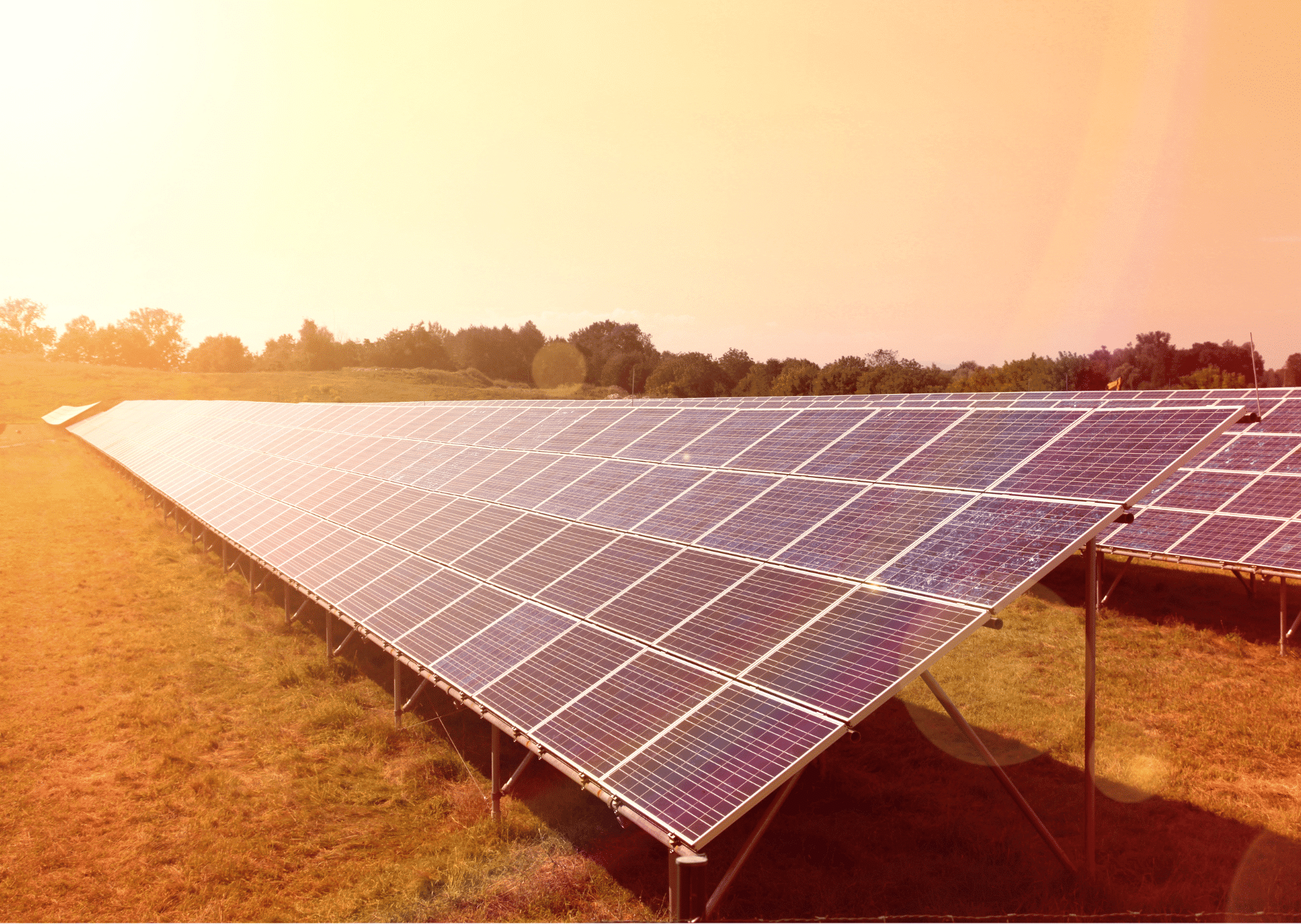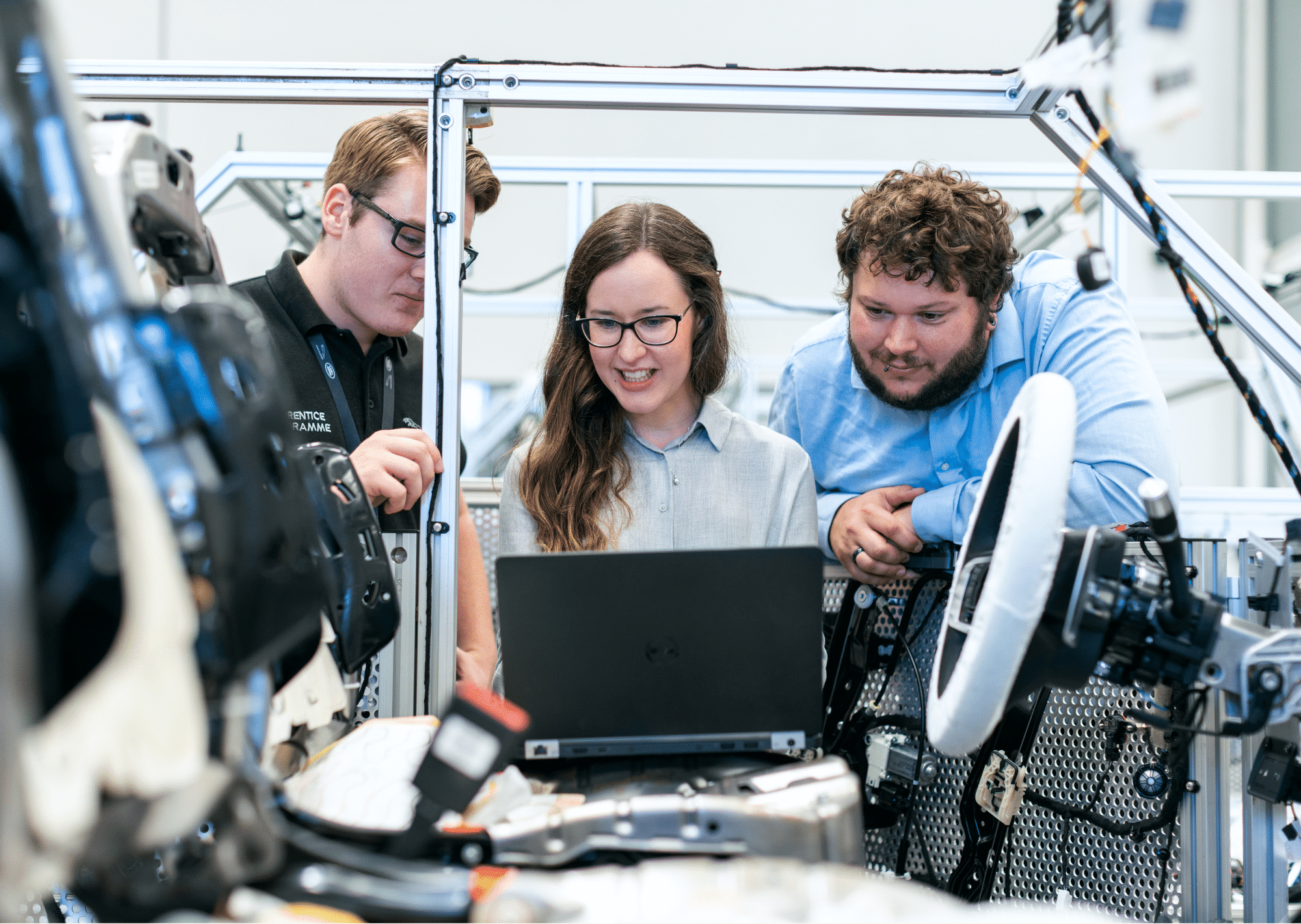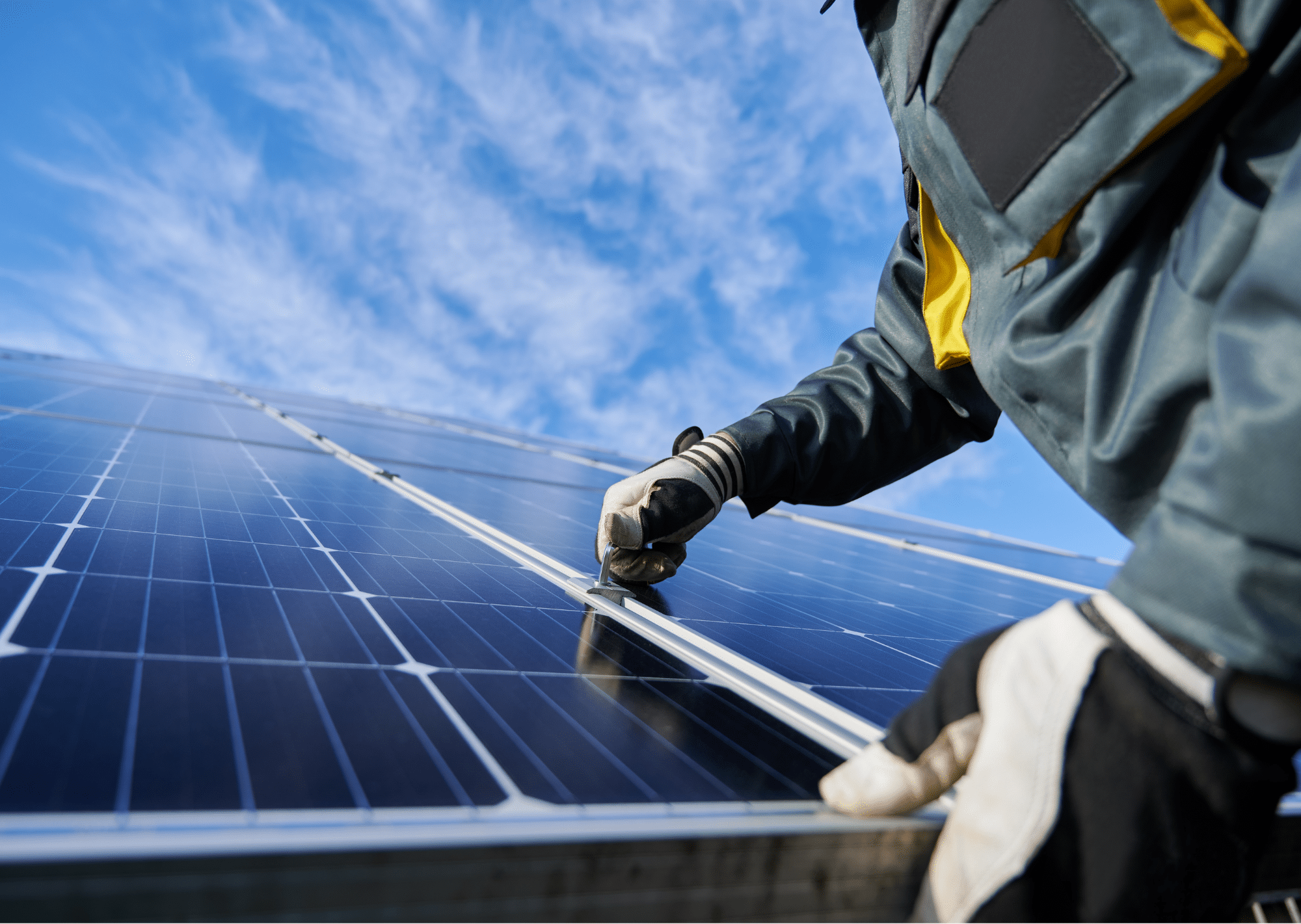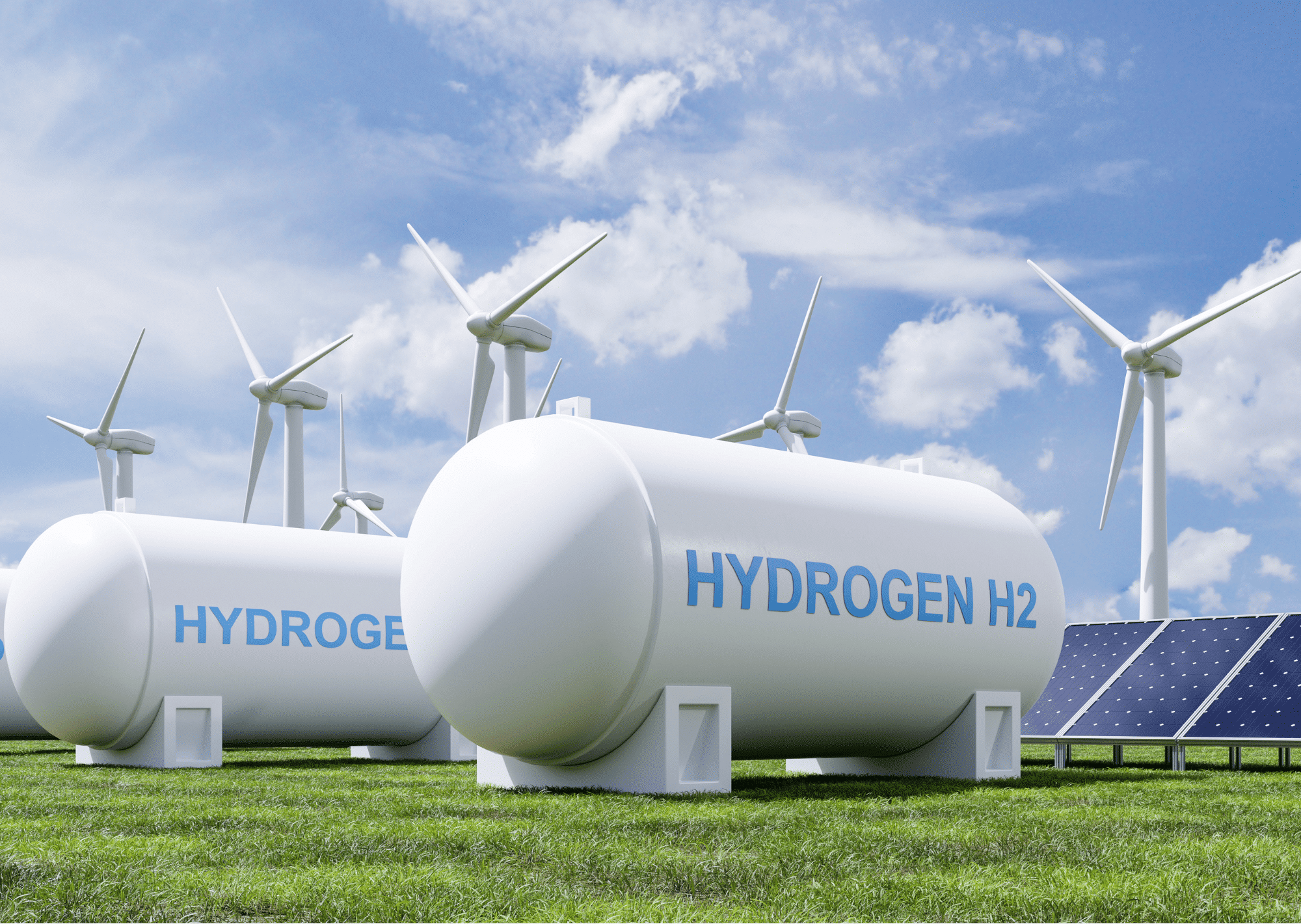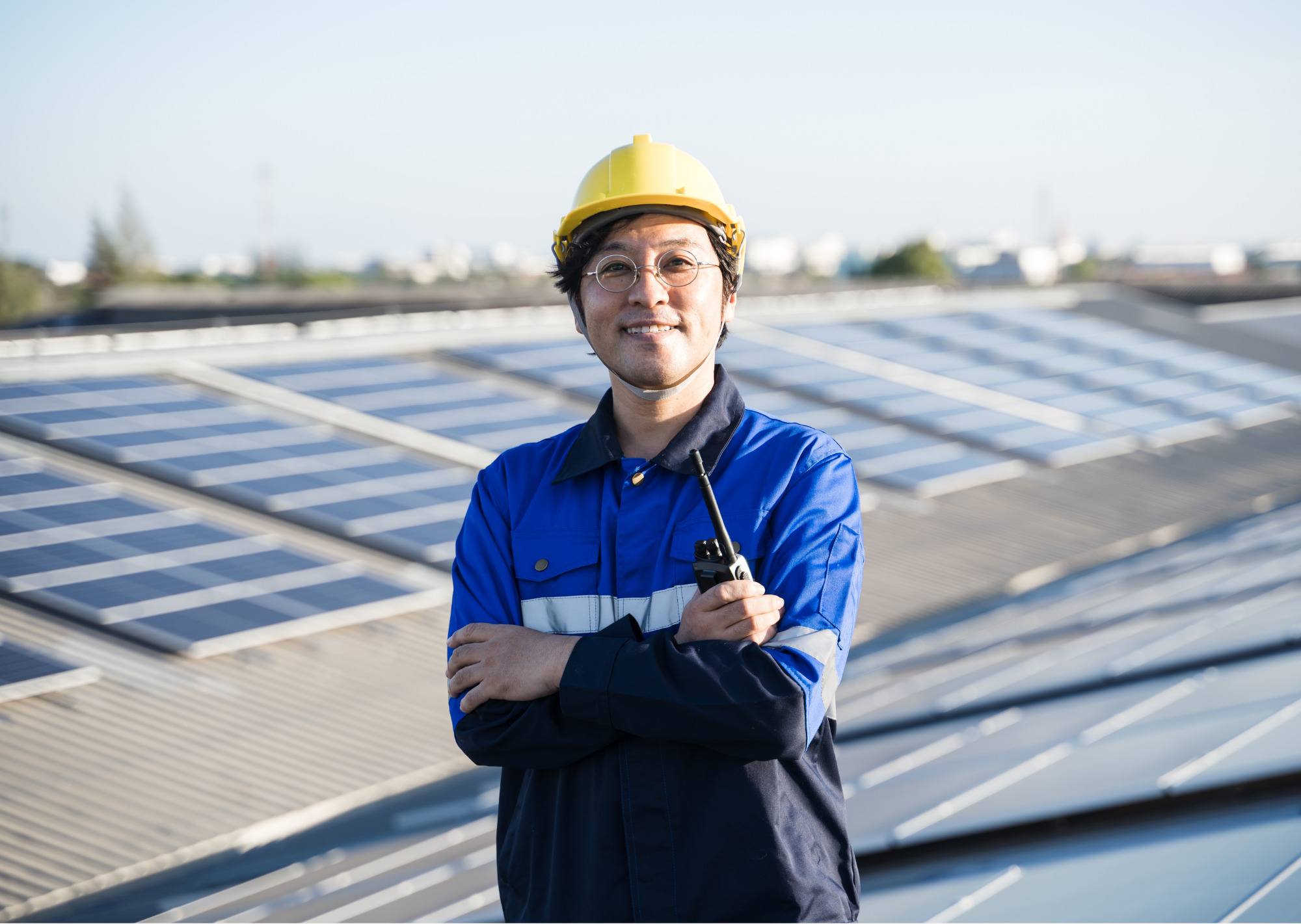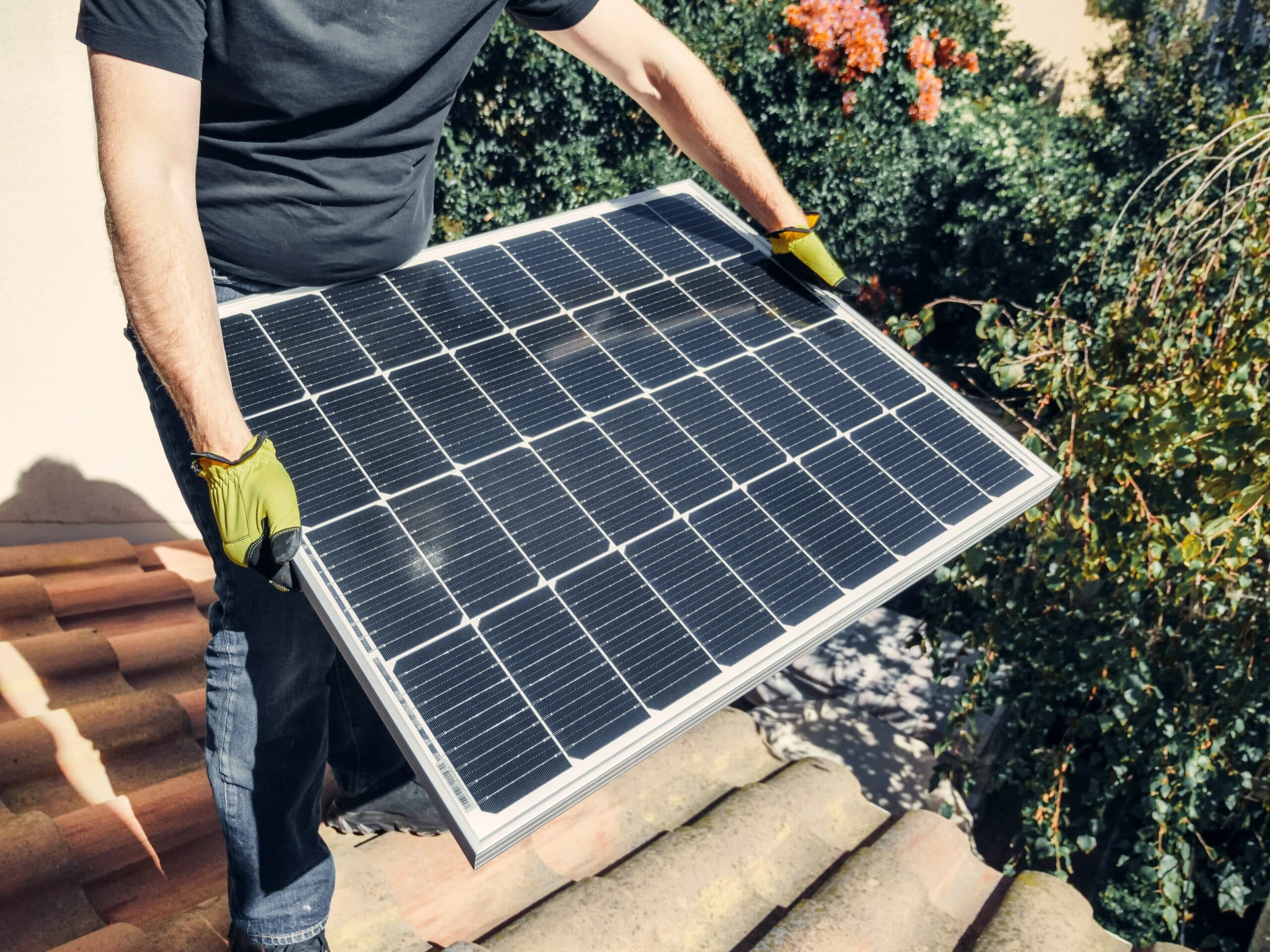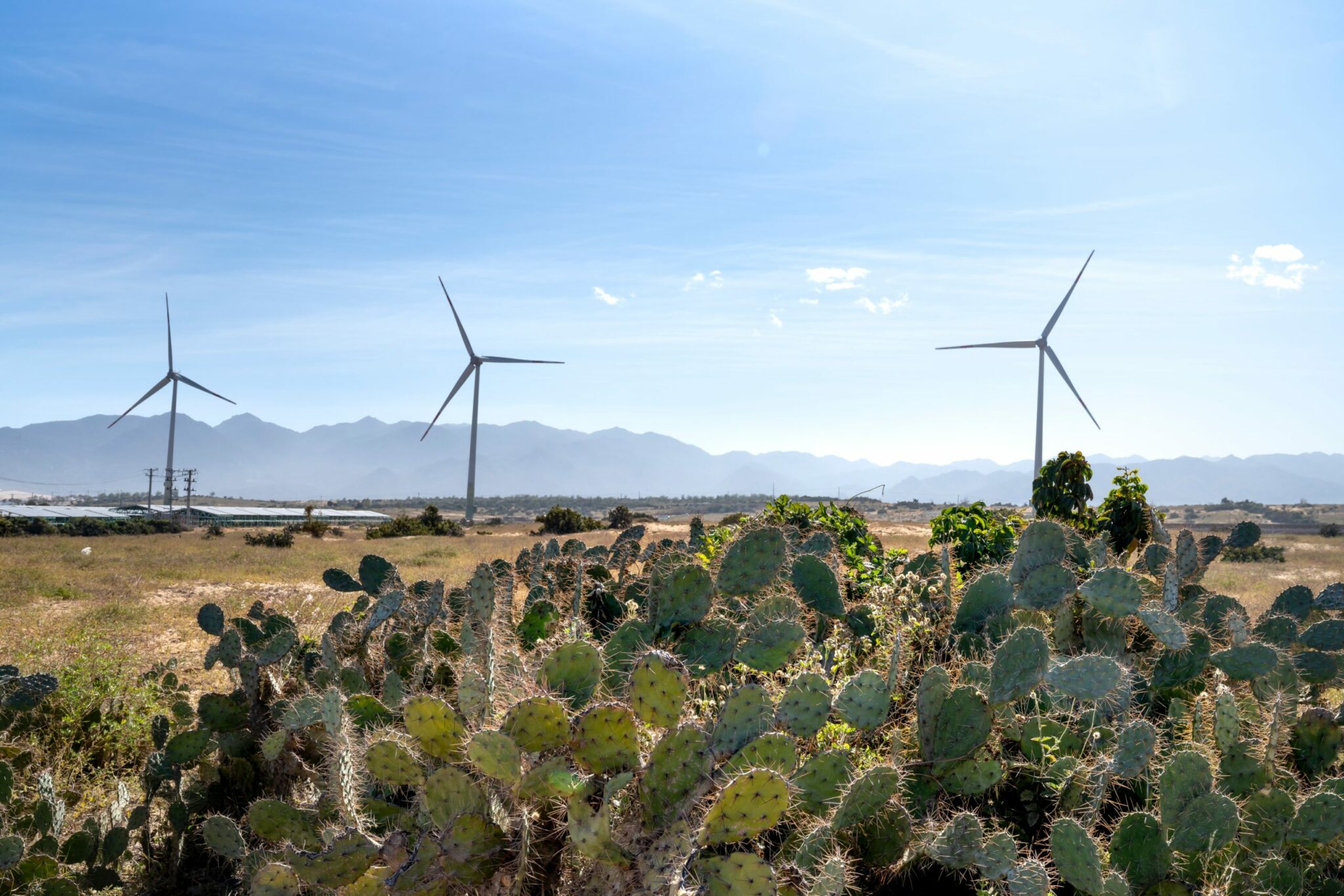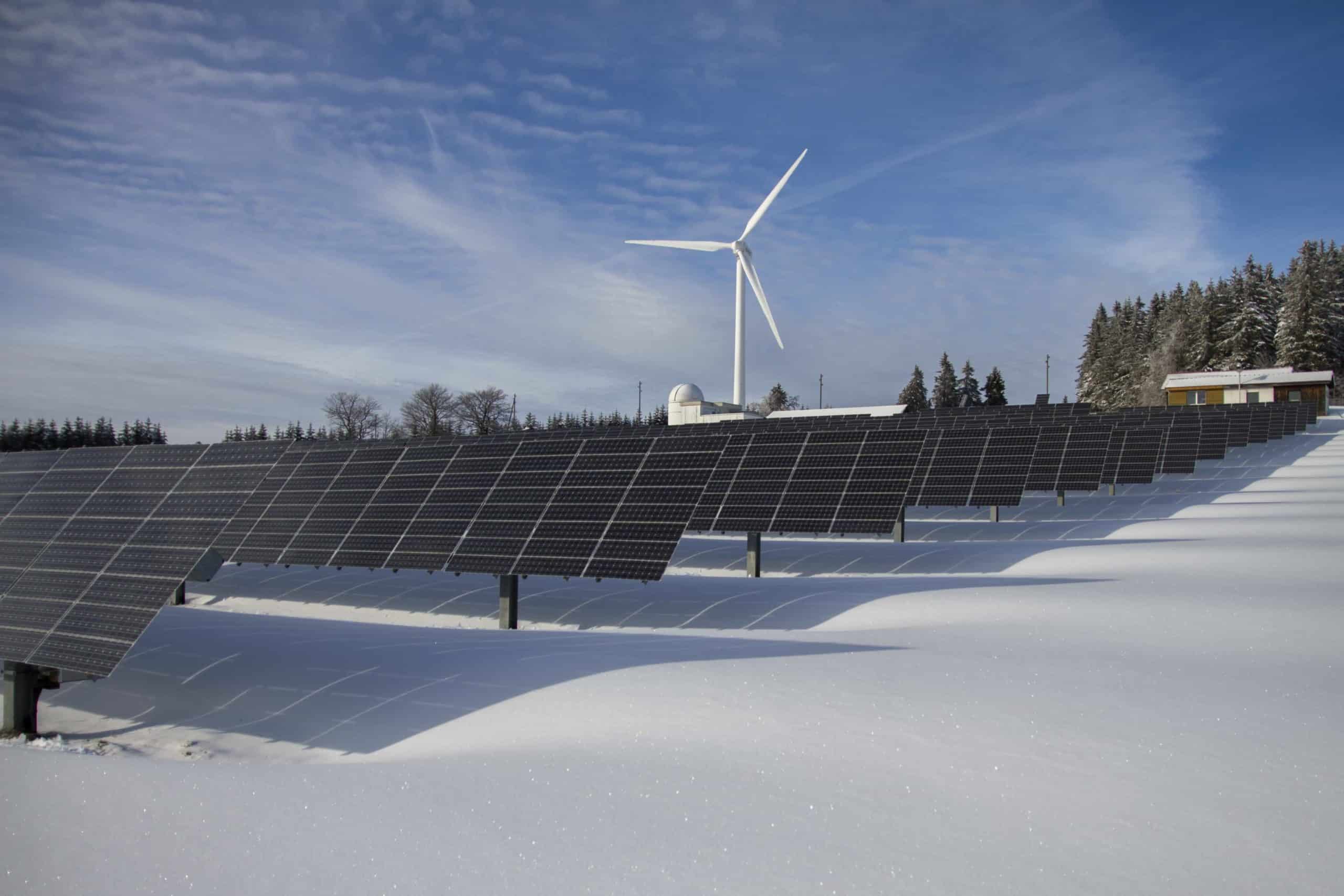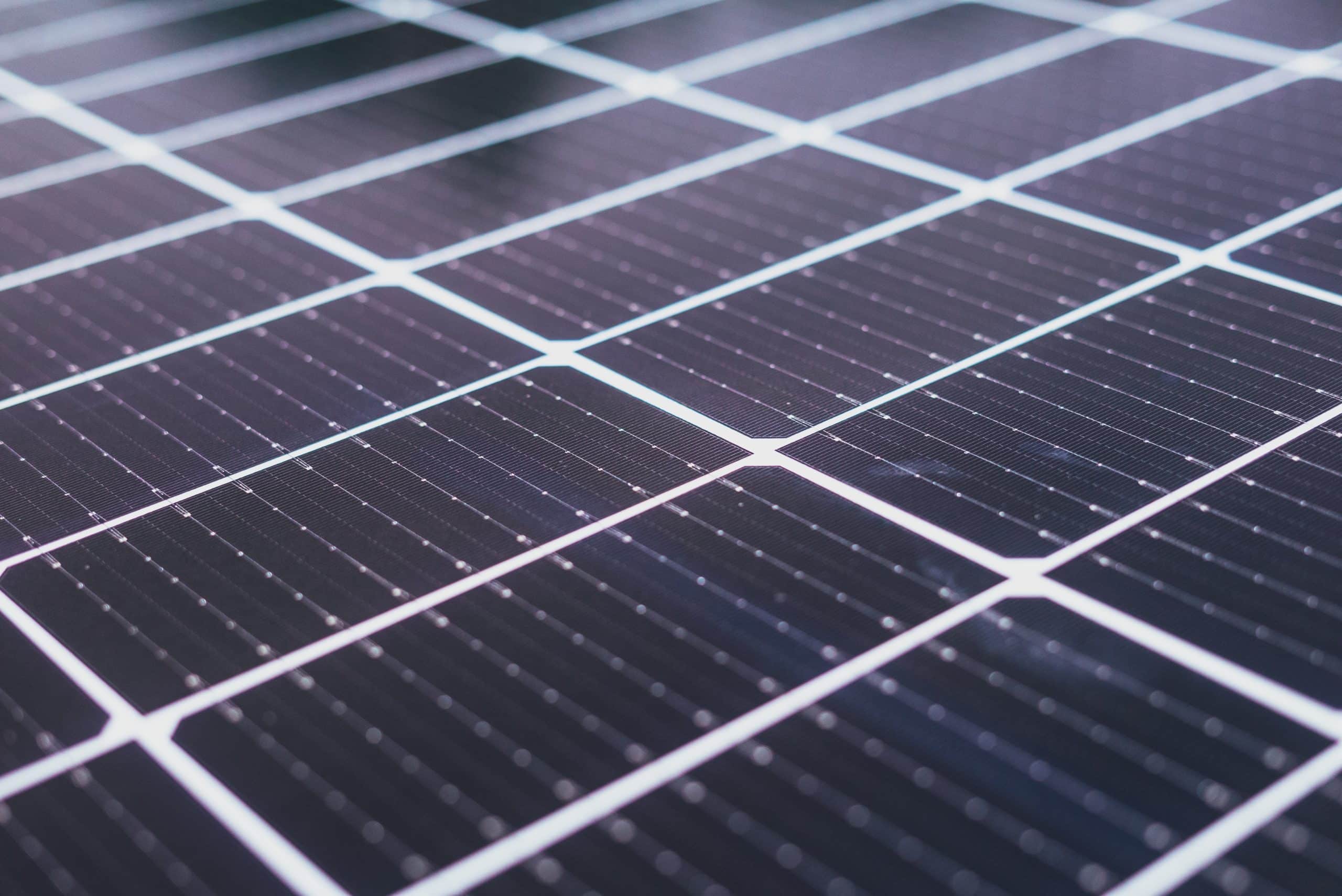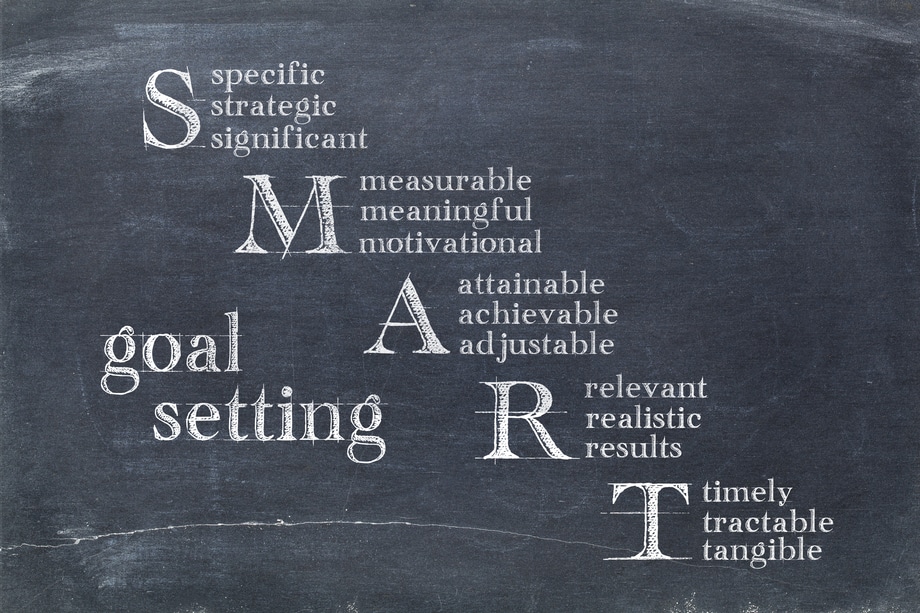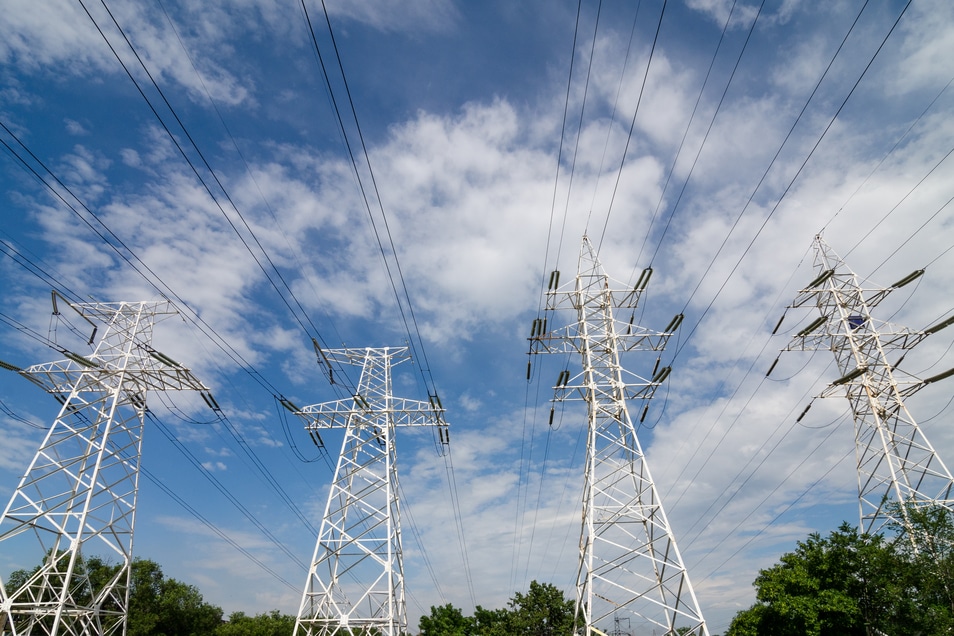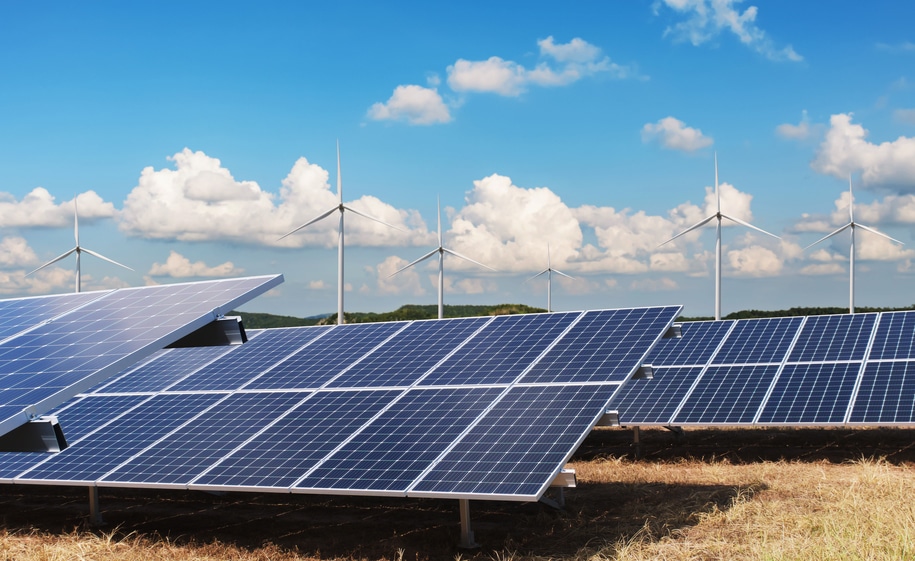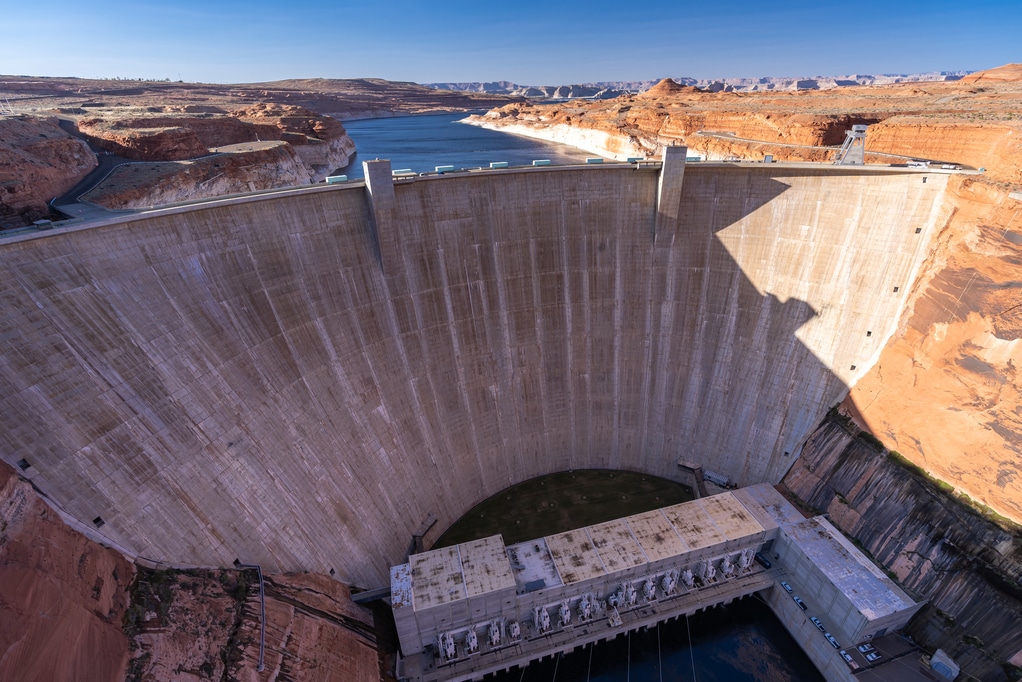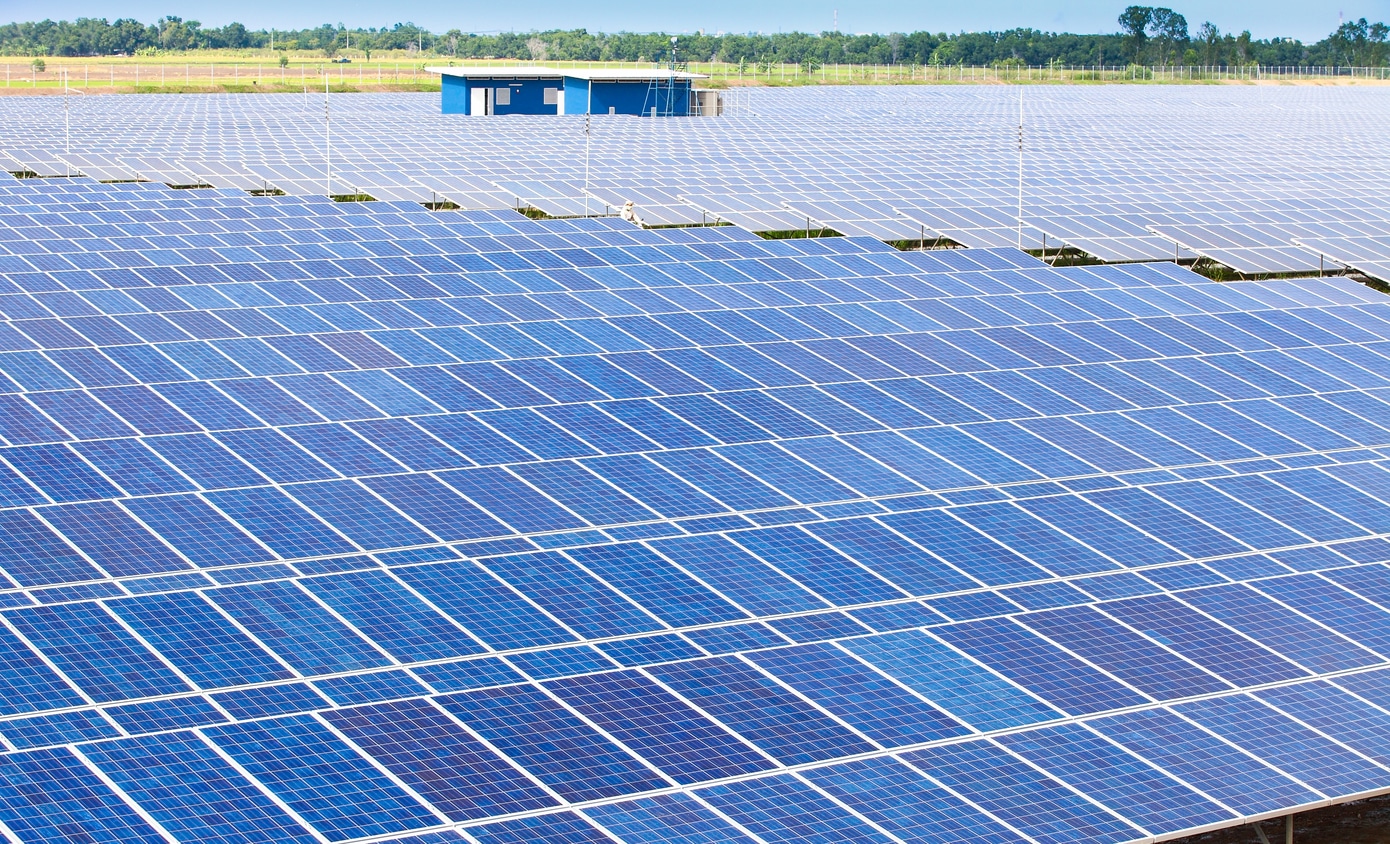To fully understand solar energy, you need to know the history of solar energy and how it has evolved to what it is today. In the United States, there are currently more than 37,000 megawatts (MW) of utility-scale solar projects operating, with another 112,000 MW under development. Today, there are more than 2.9 million individual solar installations in the U.S., and nearly 103 gigawatts (GW) of solar installed; that’s enough to power 18.6 million homes. It’s safe to say that solar energy is a renewable energy that has changed over the years, and is here to stay. We are going to review the evolution of solar energy to better understand how it got to where it is today.
What is Solar Energy?
While we have reviewed solar energy before, we wanted to provide a quick refresher before diving into the evolution of this energy.
Solar energy is energy from the sun that is converted into heat and electrical energy. Solar energy can be collected and distributed in several different ways: photovoltaics, solar heating and cooling, and concentrating solar power. The most familiar way to harness solar energy is photovoltaics. Photovoltaics generate electricity directly from sunlight via an electronic process and can be used to power anything from small electronics such as calculators to homes and large commercial businesses.
When was Solar Energy First Used?
Solar energy has been around for centuries. It was used by humans as early as 7th century B.C. when humans used sunlight to light fires with magnifying glass materials. In 3rd century B.C., the Greeks and Romans were known to harness solar power with mirrors to light torches for religious ceremonies.
Thousands of years before the invention of solar panels, the concept of directing the power of the sun, and using it for energy, was a common practice. In the late 1700s and 1800s, sunlight was used to power ovens for long voyages and harnessed to produce solar-powered steamboats.
When Were Solar Panels Invented?
An important part of the evolution of solar energy is the invention and adoption of solar panels. A solar panel, or photovoltaic (PV) module, is an assembly of photovoltaic cells mounted in a framework for installation. Solar panels use sunlight as a source of energy to generate direct current electricity.
There is some debate around when exactly solar panels were created and who should be recognized for the invention. The Smithsonian Magazine credits Charles Fritts with the creation of the first commercial solar panel.
Charles Fritts, a New York inventor, created the first solar cell, in the early 1880s, by coating selenium with a thin layer of gold. Fritts reported that the selenium module produced a current “that is continuous, constant, and of considerable force.” This cell achieved an energy conversion rate of 1 to 2 percent. Most modern solar cells work at an efficiency of 15 to 20 percent. What Fritts created what was a low impact solar cell; however, it was the beginning of photovoltaic solar panel innovation in America.
Solar cells, as we know them today, are made with silicon, not selenium. That is why some consider the true invention of solar panels to be tied to Daryl Chapin, Calvin Fuller, and Gerald Pearson’s creation of the silicon photovoltaic (PV) cell in 1954. This event marks the first instance of a solar technology that could actually power an electric device for several hours of a day. The first ever silicon solar cell could convert sunlight at four percent efficiency, less than a quarter of what cells are capable of today.
What are and When did Solar Farms Come to be?
Solar farms, also known as solar parks, photovoltaic power stations, and solar power stations, are large scale solar installations where photovoltaic (PV) panels, solar panels, or other means of collecting solar energy, like concentrating solar systems are used to harvest the sun’s power and supply electricity to the power grid. They operate as power plants, like a natural gas power plant or other sources of energy generation.
There are two types of solar farms: utility-scale and community. Utility-scale solar farms are massive solar farms with hundreds of thousands of solar panels, that provide large amounts of electricity to the grid. Community solar farms are smaller in scale and the electricity is shared by more than one household, usually within a given community.
The first 1 MW solar park was built by Arco Solar at Lugo near Hesperia, California at the end of 1982, followed in 1984 by a 5.2 MW installation in Carrizo Plain. The largest solar power plants in the U.S. are Solar Star (which is also one of the biggest in the world) and Topaz Solar Farm, both located in California. While the first U.S. solar plant, built in 1982, generated 1 MW of electricity, these modern solar farms produce over 550 MW. Solar farms of this size produce enough energy to power around 255,000 homes.
Solar Energy Today
According to Solar Energy Industries Association, solar has had an average annual growth rate of 50 percent in the last 10 years in the United States. This growth is largely credited to the Solar Investment Tax Credit, rapidly declining costs, and increasing demand across the private and public sector for clean energy. While the average person likely doesn’t have a massive solar farm in their backyard, there are options for residential installations, and more and more people are jumping on board.
As of 2020, more than 230,000 Americans work in solar at more than 10,000 companies in every U.S. state.
Are you looking for a career in solar energy or looking to hire first class candidates in this field? Mackinnon & Partners can help. Founded on a wealth of Energy sector experience, we have a vision of becoming the premier provider of global recruitment solutions to the Renewable Energy & Technology sector.
Our consultants are sector specialists and passionate advocates for the Renewables Economy. Our team of experts allows us to provide our clients and candidates with exceptional support.
Our clients get world-class recruitment and manpower services. We aim to give clients and candidates a seamless and hassle-free recruitment process with the right candidate presented to the right position the first time.
- Recruitment | Layoff Support - April 24, 2024
- Construction Jobs Recruitment Agency - April 15, 2024
- What is Recruitment Process Outsourcing? - April 8, 2024










